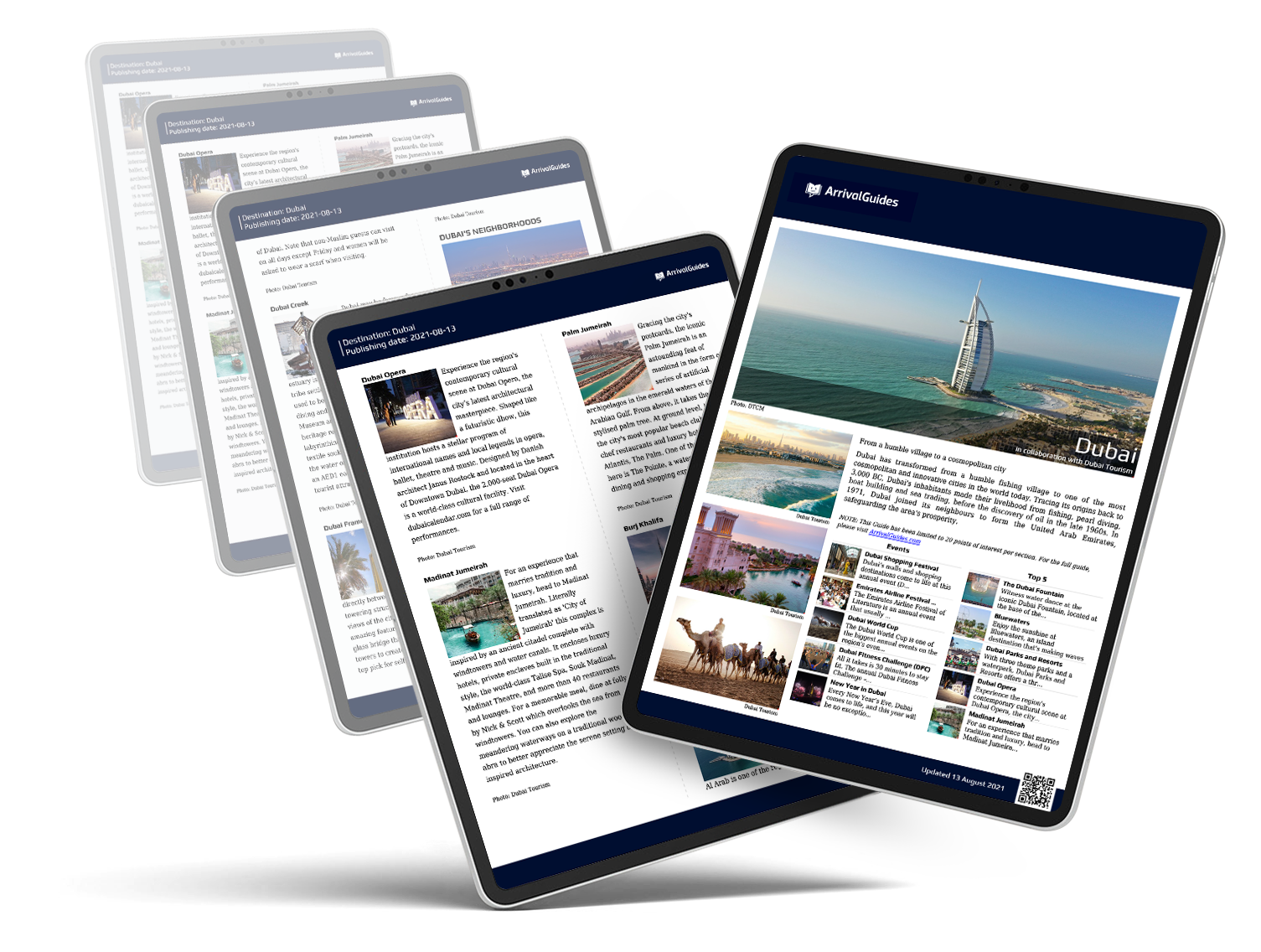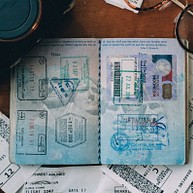
-
![The button of the order of a stop in municipal transport.]() Provided by: Che Media/Shutterstock
Provided by: Che Media/Shutterstock

Our travel guides are free to read and explore online. If you want to get your own copy, the full travel guide for this destination is available to you offline* to bring along anywhere or print for your trip.
*this will be downloaded as a PDF.Price
€4,95
Public Transport
The guide was updated:A large public bus network serves Liberia, linking the city with Jan José, the beaches and the Nicaraguan border: while the Pulmitan de Liberia station is the hub for travel to the capital and the beaches, the Municipal station serves destinations close to or within Nicaragua. Both stations are located within two blocks of each other, and both provide schedules, while tickets can be bought directly on board the buses.
Getting around the city centre is easily done on foot, as most downtown attractions are within easy reach of each other.
Useful Information
Digital Travel Guide Download
Our travel guides are free to read and explore online. If you want to get your own copy, the full travel guide for this destination is available to you offline* to bring along anywhere or print for your trip.
*this will be downloaded as a PDF.Price
€4,95

The best time to visit Costa Rica is during the dry season, from mid-December to April — you'll get plenty of sunshine, ideal for exploring rainforests and beaches. However, the dry season is the most crowded and expensive time to visit.
The rainy season lasts from May to November, with incessant rain showers — it is the cheapest season to visit. During June and July, rain showers stop briefly, and the forests burst with green foliage.
The Annexation of Guanacaste Day is celebrated on July 25th with major parades, performances and festivities.
Read more

Daniel Oduber Quirós International Airport (LIR)
Daniel Oduber Quirós International Airport (LIR), also known as Liberia Guanacaste Airport, is situated approximately 13 kilometres from Liberia's city centre, with a typical drive taking around 15 to 20 minutes, depending on traffic conditions.
Travellers have several options to reach the city: official airport taxis are readily available outside the terminal; private shuttle services, such as Liberia Shuttle and Ecotrans, offer pre-booked transfers; and public buses depart regularly from the airport area, offering a budget-friendly alternative. In addition, ride-hailing services like Uber operate in the region, though availability may vary, so it's advisable to check the app for current options.
Read more

Passport/Visa
Citizens from most countries in Europe, North America, South America, and Oceania can enter Costa Rica without a visa for tourism purposes, typically for stays of up to 90 days. Travellers holding a valid, multiple-entry visa or residence permit from the United States, Canada, or a Schengen Area country may also enter visa-free for up to 30 days, provided the document is valid for at least six months beyond their arrival. All visitors must carry a valid passport, proof of onward or return travel, and may be asked to show sufficient funds for their stay.
Entry requirements can vary by nationality and are subject to change, so it's advisable to check with a local Costa Rican consulate or the official immigration website before travelling.
Read more

Addresses
Most towns in Costa Rica use a rectilinear roadway grid. The roads going north and south are called calles (streets) while the ones going east and west are called avenidas (avenues).
Let's pretend that Calle Central is number 0. From there, the calles count up by odd numbers to the east and even numbers west. Avenidas have odd numbers north of the pedestrian Avenida Central and even going south. Parque Central and Mercado Central (Central Park and market) are usually at the centre of town.
Many addresses will be written down as Calle 4, Avenidas 4 & 6 — somewhere on the north-south street 4 between avenues 4 and 6.
However, many businesses will describe their location in relation to major landmarks like parks, stadiums and other big businesses.
Read more

Public Transport
A large public bus network serves Liberia, linking the city with Jan José, the beaches and the Nicaraguan border: while the Pulmitan de Liberia station is the hub for travel to the capital and the beaches, the Municipal station serves destinations close to or within Nicaragua. Both stations are located within two blocks of each other, and both provide schedules, while tickets can be bought directly on board the buses.
Getting around the city centre is easily done on foot, as most downtown attractions are within easy reach of each other.
Read more

Taxi
Taxis are readily available in Liberia, Costa Rica. Official taxis are red with a yellow triangle on the side, and they are equipped with meters, locally known as 'marías', which drivers are legally required to use. At the airport, official taxis are orange and operate under a regulated fare system. Ride-sharing apps like Uber do operate in Liberia; however, their availability can be limited, especially during peak times or in less populated areas.
Read more

Post
The main post office of Correos de Costa Rica can be found right in the city centre. It provides every service needed: from selling stamps to sending packages. Private shipping services, such as DHL, are also available and best for sending valuables and/or speedy deliveries.
Read more

Pharmacy
Pharmacies in Liberia, Costa Rica, are easy to find and typically well-stocked with both over-the-counter and prescription medications. Most are staffed by licensed pharmacists who can provide basic medical advice and help with common health issues. Some locations also have a doctor on-site or nearby for quick consultations.
Read more

Telephone
Country Code: +506
Area Code: 26
Read more

Electricity
Costa Rica uses a 120-volt, 60-hertz electrical system. The standard plug types are Type A (two flat prongs) and Type B (two flat prongs with a grounding pin).
Read more


